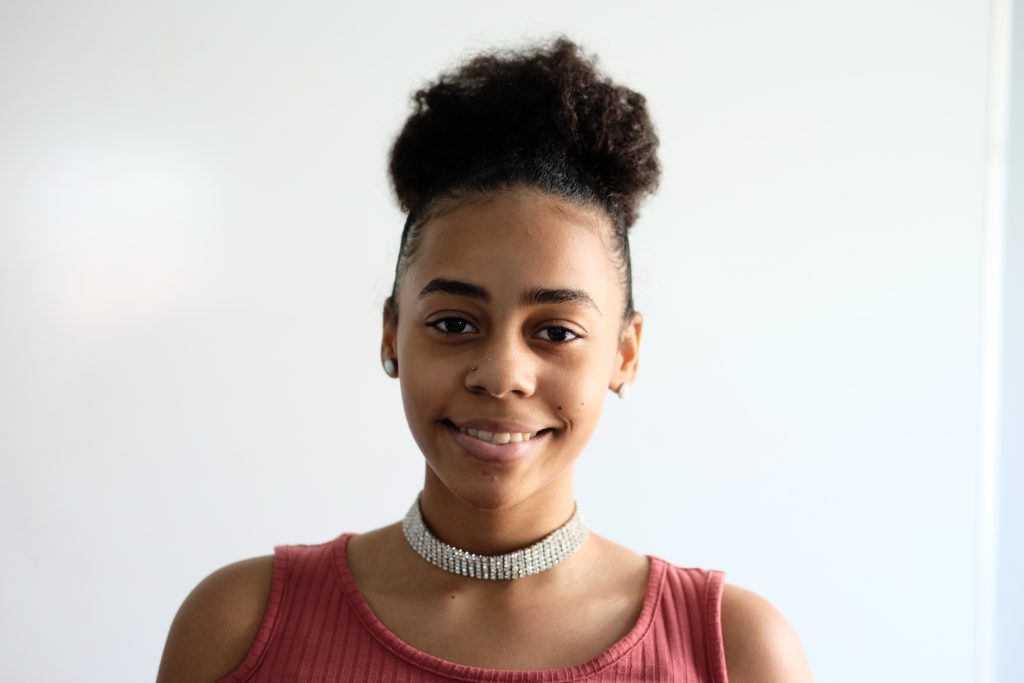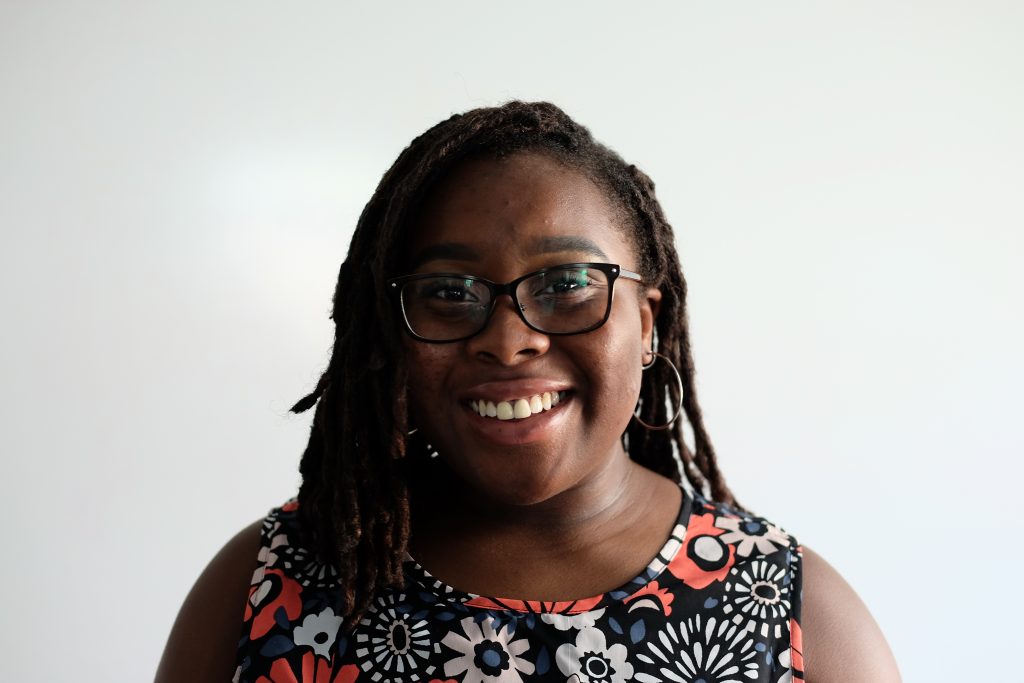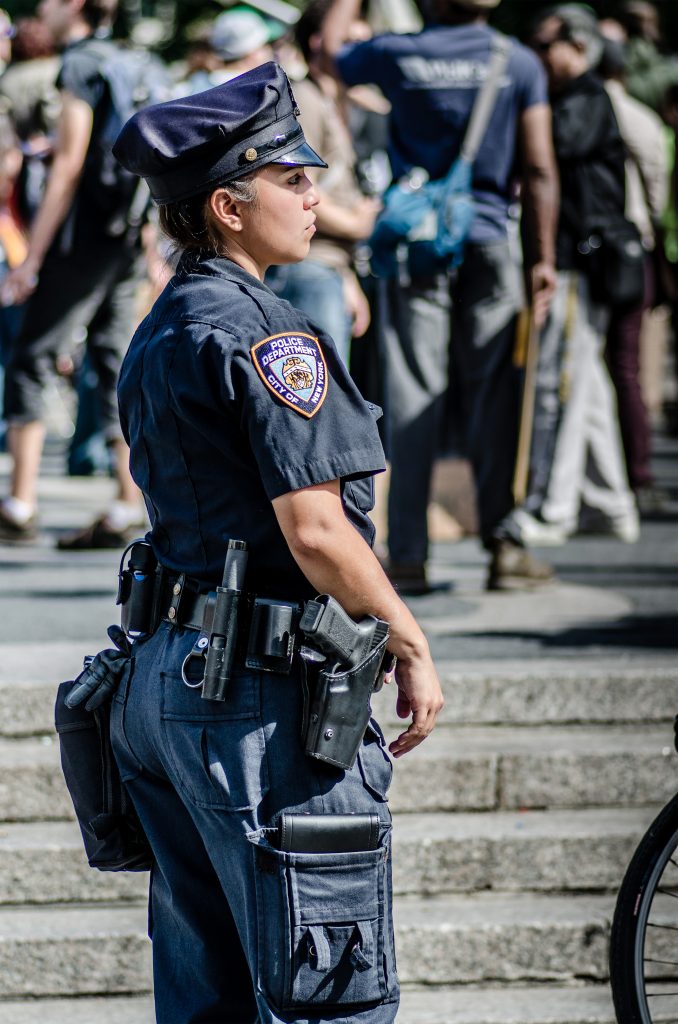Analyzing the effect of women in the police force on both sides of the blue line
By: Tatiana Stewart, Eleanor Geagan, and Feru Deshong



“Women is the gate of the devil, the path of wickedness, the sting of the serpent, in a word a perilousobject” according to Thomas Aquinas, a Christian theologian in the 13th century. Whether in terms of strength, intelligence, or just overall capability, women are not the first choice. Women are the burden, the property, or just the prize. Women are still not given the same opportunities as men, Business Insider states that, “Today, on average, a woman earns 79 cents for every dollar a man earns, and women’s median annual earnings are $10,800 less than men’s”. It’s 2017 and women are still not being hired in law enforcement, despite their proven attributions to public safety. This predicament is outrageous and is having a negative impact on public safety. 
Women are commonly not the first choice to be picked for labor work. The same goes for jobs that possibly put them in danger, such as law enforcement. According to Female Police Officers In The United States by Barbara Raffel Price, in earlier years, male officers and supervisors made it hard for women to thrive and perform basic patrol duties by denying them promotions and jobs other than clerical, juvenile, guard duty, or vice work. It was, and still is, a belief amongst some men that women are incapable of performing the same actions as male officers.
The reason can possibly be traced to an incident in 1984. A police officer, Irma Lozada went in on a plain clothes mission to lure in criminals. This is an extremely dangerous task, but she was courageous enough to take it on. While on duty, she chased a suspect, ended up separating from her partner, and was shot with her own gun. Due to this occurrence, women were given desk jobs, jobs that didn’t put them in harm’s way because they were not capable of doing this type of work. However, there is no reason women should really stay on the side lines. In “For Women in Blue, a Grim Measure of Their Growing Role and Risks” it is said that, “some female officers describe still having to prove to male colleagues that they are bold enough for the job.” It has also been shown in Challenges for Women in Policing that, women can deescalate situations in a gentler manner.
Hiring & Retaining More Women: The Advantages to Law Enforcement Agencies, established that women are just as capable as men in doing the same job.
Lesley J. Bikos, a former police officer states that the inequality in the workplace continues to progress because “hyper masculinity”. She continues to say, “As a former police woman I am aware of the gender discrimination, harassment, and barriers to women’s sole inclusion in policing”, confirming that inequality is in fact present in law enforcement.
It is commonly found that women are more comfortable around other women, especially in reporting sexual assault. In an article written by Christina Asquith (Why Aren’t U.S. Police Departments Recruiting More Women?) research shows that, “women victims are more likely to report domestic violence to a woman officer. Female members of police forces are also more likely to take such reports seriously and follow up on them to prevent repeated acts of violence.”
As reported by Hiring & Retaining More Women: The Advantages to Law Enforcement Agencies, “one study found that male officers were the target of 50% more insults by citizens and almost three times as many threats or attempts at injury in comparison with their female peers. In another, police training instructors indicated that female officers have an advantage over their male peers in several areas, including empathy toward others and interacting in a way that is not designed to ‘prove’ something”. Thus affirming that in no way are women a burden in making communities safer but are actually making great strides towards a safer world. Women are said to be better at community-oriented policing, including problem-solving, communication, and cooperation with community members, they are often viewed more positively by civilians in their communities. So why aren’t women being used as substantial members of law enforcement?
Within New York City, there have been 747 emergency response calls that needed law enforcement intervention over the past six years, statistics given by the NYPD. Out of those, 705 were in Brooklyn, Queens, Manhattan and the Bronx (districts with over a million people). Staten Island was in a smaller population subset, with only about 476,000 people living there. FBI statistics show that 17% of officers in the districts with over a million people are women, according to Full-time Law Enforcement Employees. Accordingly, only 120 of the emergency calls would have been responded to by a female officer. The dataset also showed that, Staten Island had only 15.2% of female officers. Therefore, out of the 42 calls made, approximately six calls would have had a female responder.
There is a clear monetary incentive for police departments to hire women. Although there is no evidence to support the conclusion that suspects use less force against women than men while being arrested, a research paper written by the National Center for Women and Policing states that women are less likely to use excessive force. The same paper states that “The average male officer costs somewhere between two and a half and five and a half times more than the average female officer in excessive force liability lawsuit payouts.”
Female officers have been proven to be an asset to both police work and the departments themselves time and time again. In a time of controversy over police conduct around the country, departments would be wise to consider hiring more female officers.
